The Profit and Loss topic holds significant importance in the Quantitative Aptitude section of the IBPS PO Exam 2025. Known for its direct and scoring nature, this topic tests a candidate’s ability to handle commercial arithmetic involving transactions, markups, discounts, and cost-price selling-price relationships. Whether you’re preparing for the Prelims or the Mains, mastering this chapter can boost your overall score in the quant section. Despite being rooted in simple mathematics, Profit and Loss questions can be challenging under time pressure if not approached with the right strategy.
Profit & Loss for IBPS PO Exam 2025
In the IBPS PO Exam 2025, questions from Profit and Loss often range from direct formula-based calculations to complex, layered problems involving discounts, markups, or cost manipulations. Aspirants must be prepared to handle real-world scenarios like successive transactions, false cost declarations, and profit/loss on selling price versus cost price. These questions not only test arithmetic proficiency but also assess logical understanding and time management. A good command over formulas, coupled with strategic shortcuts, allows candidates to solve such questions quickly and accurately, making this topic a reliable scoring area in both Prelims and Mains.
Core Concepts of Profit & Loss
These basic formulas form the foundation of more complex scenarios you’ll encounter in the exam. To solve profit and loss questions efficiently, you need to be familiar with the following core terms:
Cost Price (CP): The price at which an item is purchased.
Selling Price (SP): The price at which an item is sold.
Profit or Gain: When SP > CP; Formula: Profit = SP – CP
Loss: When CP > SP; Formula: Loss = CP – SP
Profit% = (Profit/CP) × 100
Loss% = (Loss/CP) × 100
Profit & Loss Tricks
To save time and reduce the need for lengthy calculations, here are some tried-and-tested tricks that can help you solve questions faster:
1. Direct Formula for SP or CP
These formulas are ideal for questions where only CP, SP, and profit/loss percentage are involved. If the profit or loss percent is given:
SP = CP × (100 + Profit%)/100
SP = CP × (100 – Loss%)/100
CP = SP × 100/(100 + Profit%) (for profit)
CP = SP × 100/(100 – Loss%) (for loss)
2. Successive Profit or Loss
This trick is particularly helpful in two-dealer-type questions. If an article is sold in two successive transactions with different profit or loss percentages (say x% and y%):
Overall % change = x + y + (xy/100)
3. Mark Price and Discount
This trick is useful in shopkeeper-type questions involving both discount and profit margins. When questions involve mark price (MP), selling price (SP), and discount:
SP = MP × (100 – Discount%)/100
Profit% = (SP – CP)/CP × 100
4. Equal Profit and Loss Concept
This trick helps solve symmetrical gain-loss problems quickly. If an article is sold at two different prices and gains x% on one and loses x% on the other:
Loss% = (x²/100)
5. Profit on Selling Price
Be careful to differentiate whether the percentage is based on CP or SP, as it changes the entire approach. Sometimes profit is given as a percentage of SP instead of CP:
In that case, Profit = (Profit% of SP)
Then use: CP = SP – Profit
6. Double Profit or Comparison Questions
If you’re told that a person gains x% by selling at SP1 and y% by selling at SP2, and the cost price remains the same, then:
Use the equation method:
SP1 = CP(1 + x/100)
SP2 = CP(1 + y/100)
Then solve for CP or any other unknown.
Profit & Loss Questions for IBPS PO Exam 2025
Q01. A mark an article 60% above its cost price. When he allows 4d% discount on marked price he earns 28% profit. If he allows 6d% discount, then find the profit/ or loss %?
(a) 12%
(b) 15%
(c) 18%
(d) 20%
(e) 24%
Q02. Profit share of Anurag is Rs. 2400 out of the total profit of Rs. 3600 and he had invested Rs.3200 more amount than Bhavya for 8 months. Bhavya invested her amount for the whole year. Find the amount invested by Anurag?
(a) 4000 Rs.
(b) 6000 Rs.
(c) 1600 Rs.
(d) 2400 Rs.
(e) 4800 Rs.
Q03. A man purchases 100 kg of sugar worth of Rs. 2770 and he sold it in such a way that after selling the whole quantity, the total amount of loss is 37.5 % more than the amount obtained by selling 28 kg of sugar. Find the selling price of sugar. (in per kg)
(a) 15 Rs.
(b) 18 Rs.
(c) 24 Rs.
(d) 16 Rs.
(e) 20 Rs.
Q04. Aman sells two articles A & B. Aman sold article A at 24% profit & sold article B at 12% loss. If ratio of cost price of articles A & B is 2:3 respectively and total profit earned by Aman is Rs.300, then find difference in selling price of article A & B.
(a) Rs.200
(b) Rs.400
(c) Rs.600
(d) Rs.300
(e) Rs.500
Q05. If ratio of profit earned to discount allowed on book D is 1:2, then find selling price of book D.
(a) Rs. 4200
(b) Rs. 5600
(c) Rs. 4800
(d)Rs. 5000
(e) Rs. 4000
Q06. If shopkeeper allowed 16% discount on book E and he sold book A on marked price, then find approximate overall profit % of shopkeeper on selling book A & E together.
(a) 22%
(b) 25%
(c) 20%
(d) 30%
(e) 15%
Q07. If profit % earned by shopkeeper on selling book B is equal to discount % allowed by shopkeeper on book B, then find selling price of book B.
(a) Rs.6,400
(b) Rs.7,000
(c) Rs.7,500
(d) Rs.7,200
(e) Rs.8,000
Q08. If shopkeeper allowed 20% discount on book F and shopkeeper’s overall profit % on selling books A & F together is 26%, then find discount % allowed by the shopkeeper on book A.
(a) 16 ⅔ %
(b)14 2/7 %
(c)20%
(d)9 1/11%
(e) 11 1/9 %
Q09. If discount % allowed by shopkeeper on book B & D is equal and shopkeeper earned total profit of Rs.2,320 on selling book B & D together, then find discount % allowed by shopkeeper on book D.
(a) 16%
(b) 15%
(c) 18%
(d) 12%
(e) 20%
Q10. Cost price of 10 articles is equal to marked price of 8 articles and when shopkeeper sells an article at 20% discount then he earns Rs.48 less than the amount he earned when he sells an article at 12% discount. Find cost price of the article.
(a) Rs.560
(b) Rs.540
(c) Rs.420
(d) Rs.480
(e) Rs.500
Q11. A shopkeeper earns profit of 16 ⅔% after selling a book at 12.5% discount on the printed price. Then, find the ratio of the cost price & printed price of the book?
(a) 1 : 2
(b) 2 : 3
(c) 3 : 4
(d) 4 : 5
(e) 5 : 6
Q12. Hemant purchased some book and by selling 40% of total books he will get cost price of 80% books. If he sells 70% of remaining books at half of its initial profit percent and rest of the books remain unsold, find his overall profit %.
(a) 40%
(b) 45%
(c) 75%
(d) 43%
(e) 63%
Q13. A shopkeeper marked his article 60% above the cost price and ratio of discount allowed to profit earned is 4 : 1. If profit earned is Rs.180 less than discount allowed, then find ratio of selling price to marked price of the article.
(a) 3 : 5
(b) 6 : 7
(c) 4 : 7
(d) 7 : 10
(e) None of the above
Q14. A, B and C started a business with investment of Rs. 12,000, Rs. 12,000 and Rs. 8,000 respectively. B invested only for ‘x’ months, while C left the business ‘x’ month before a year. If A got Rs 1800 out of annual profit of Rs 3200, then find the value of ‘x’?
(a) 2
(b) 8
(c) 6
(d) 4
(e) 5
| Answers | |||||||||
| 1 | d | 2 | e | 3 | e | 4 | b | 5 | c |
| 6 | a | 7 | d | 8 | b | 9 | e | 10 | d |
| 11 | c | 12 | d | 13 | d | 14 | a | ||
How to Approach Profit and Loss in IBPS PO 2025
To prepare efficiently, follow these strategic steps:
-
- Understand Concepts, Don’t Just Memorise: Memorising formulas without knowing when and how to use them can lead to errors. Practice questions where you apply each formula in different contexts.
- Practice Regularly with Timed Sessions: Profit and Loss questions are scoring, but can consume time if you’re not fast. Daily timed practice of 10–15 questions helps improve speed.
- Learn to Eliminate Wrong Options: In Prelims, where options are close, try to rule out extreme or illogical answers based on approximation and logic.
- Focus on Word Problems: While direct formula-based questions are easier, the IBPS PO exam often includes layered word problems. Get comfortable interpreting such questions correctly.
- Review Mistakes and Revise Weekly: Track where you go wrong, wrong formula use, misreading the question, or incorrect calculations, and revise those areas weekly.

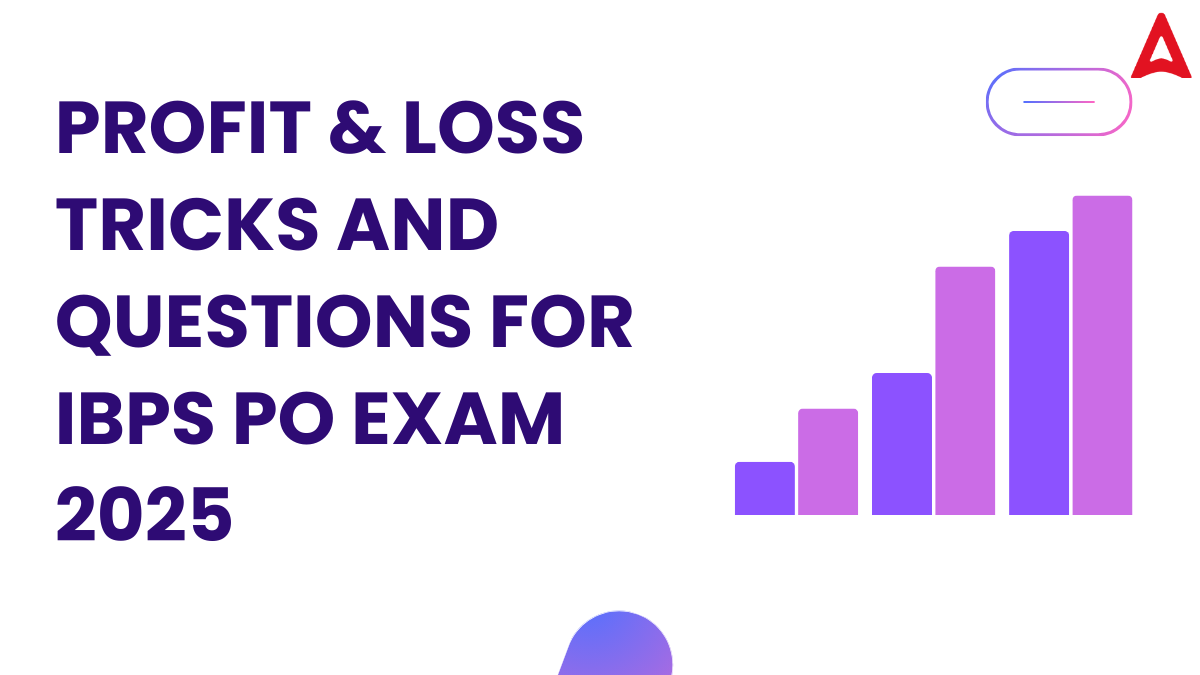


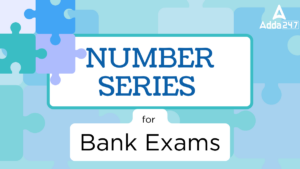 Number Series Questions for Bank Exams
Number Series Questions for Bank Exams
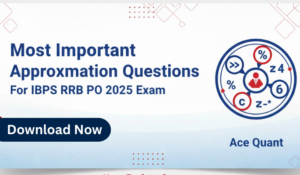 Most Important Approximation Questions f...
Most Important Approximation Questions f...
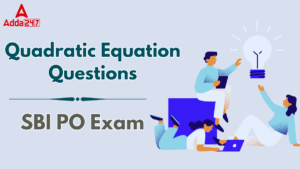 Quadratic Equation Questions for SBI PO ...
Quadratic Equation Questions for SBI PO ...


